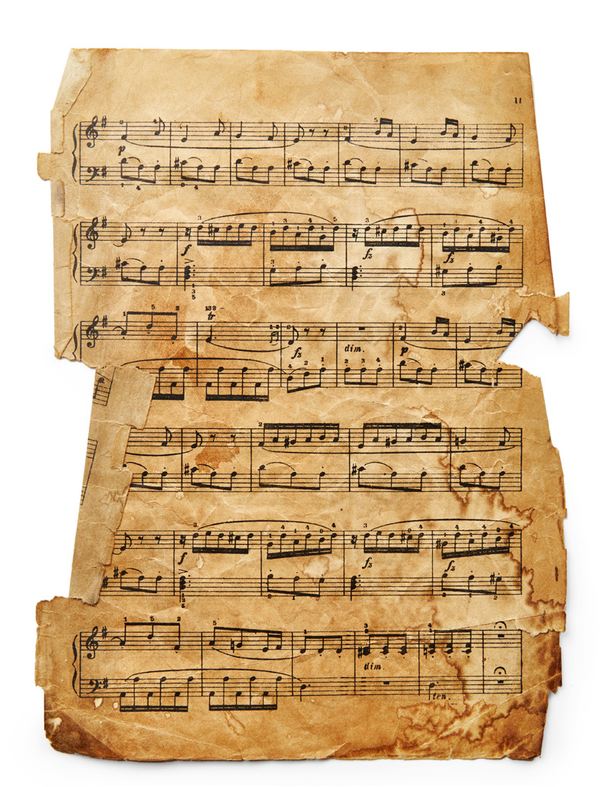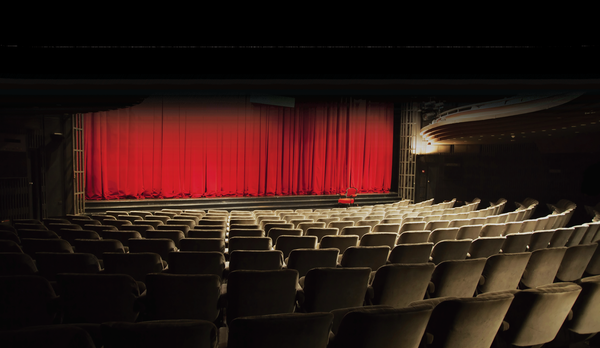Belcanto: what does it mean? Ⅱ

[아츠앤컬쳐] 1952년, 마지오 무지칼레 피오렌티노(Maggio Musicale Fiorentino: 피렌체 5월 음악제)는 마리아 칼라스(Maria Callas)에게 타이틀롤을 맡겨서 로시니의 오페라 ‘아르미다(Armida)’를 리바이벌하여 첫 현대무대에 올렸다. 칼라스(Callas)를 음악사적으로 정확한 벨칸토 오페라의 해석가라고 간주할 수는 없지만, ‘trilli, cadenze, volatine, abbellimenti’의 불필요하거나 극복하기 어려운 기술적인 부분들을 그녀는 자신의 뛰어난 기술을 사용해서 표현력이 높은 악절들로 변환시켰다. 칼라스(Callas) 이후, 많은 소프라노와 메조소프라노가 벨칸토 오페라를 음악사적으로 정확하게 해석 할 수 있는 새로운 방식을 제시하면서 로시니의 오페라들을 성공적으로 연주하는데 힘을 쏟았다.
그 예로 우리는 조안 서덜랜드(Joan Sutherland), 마릴린 혼(Marilyn Horne), 루치아 발렌티니 테라니(Lucia Valentini Terrani), 사무엘 레미(Samuel Ramey), 록웰 블레이크(Rockwell Blake), 크리스 메리트(Chris Merritt)와 같은 가수들과 리차드 보닝(Richard Bonynge), 이탈리아인 알베르토 제다(Alberto Zedda)와 같은 지휘자들이 주도한 로시니 르네상스를 보게 된다. 지휘자 겸 음악역사학자인 제다(Zedda)는 1969년에 ‘세빌리아의 이발사(Il Barbiere di Siviglia)’의 첫 번째 비평적 간행물로 <Edizioni Ricordi>를 발간하고 또한 이 위대한 작곡가의 오리지널 버전에 가장 근접한 오페라 전집을 발간할 목적으로 작곡가의 고향 페사로에 로시니 재단을 설립했다. 일종의 벨칸토 르네상스로 간주될 수 있는 이 로시니 르네상스가 있기 전까지, 성악가들과 지휘자들은 오페라의 오리지널 버전의 세부적인 것에 충실하려는 주의와 노력을 기울이지 않았었다.
오랫동안 음악가들은 음악사적인 정확한 곡해석이란 개념에 대해 알지 못했으며 단순히 전시대의 모든 음악을 현대화하고 자기 시대의 취향과 일치시키는 것에만 치중했었다. 한 예로, 20세기 초의 작곡가이자 음악사학자이면서 바로크와 고전음악의 팬이었던 파리조티(Parisotti)가 출판한 오페라 초창기 아리아집을 기억해보자. 현재까지 학생들과 아마추어 음악가들을 위한 중요한 초석이 되는 이 책들에서, 파리조티는 조성 변화, 음절삭제, 해석 부호들, 음량표기, 연음연주기법, 연주속도, 연주 표현들에 대한 제안들을 지극히 개인적인 낭만적 취향을 바탕으로 표기하였다. 당시 기악(instrumental music)은 이런 종류의 ‘현대화’가 일반적인 관례였다. 피아니스트이자 작곡가이자 낭만파, 고전파 및 바로크 전통의 추앙자였던 페루치오 부조니(Ferruccio Busoni)는 바흐의 곡들을 음절 삭제, 추가 및 변경을 가미하며 연주했다. 동시대의 피아니스트이자 교사였던 알레산드로 롱고(Alessandro Longo)도 동시대에 음량표기, 연음연주기법, 연주속도, 연주 표현등을 낭만적 취향과 스타일로 표기된 도메니코 스카를라티(Domenico Scarlatti) 소나타곡 전집을 발간했다.
그렇지만 우리는 벨칸토 오페라의 음악사적인 정확한 곡해석과 연주가 다른 방식보다 언제나 우월하다고 단정할 수만은 없다. 과도한 ‘사실주의적(Verismo)’ 해석들은 로시니, 또한 모차르트, 하이든 음악의 주특징인 우아함과 민첩함을 표현할 수 없다는 것은 의심할 여지가 없다. 또한 오페라의 일부분들을 삭제 연주하는 것은 그 음악 형식의 구조를 왜곡한다는 것 또한 마찬가지이다. 그러나 심미 예술적인 관점에서 보면, 벨칸토의 주된 특성은 ‘경이로움’을 추구하는 것이다. 이 관점에서 보면, 설사 마리아 칼라스(Maria Callas)나 티토 곱비(Tito Gobbi)가 음악역사적으로 정확한 벨칸토 오페라의 해석가는 아니었지만 자신만의 창의력과 감수성으로 자신들이 맡은 벨칸토 오페라의 역들을 생생하고 훌륭하게 해석을 했었다고 말할 수 있다.
번역 | 조원용 (버밍햄 알라바마 주립대학 성악과 교수)

Belcanto: what does it mean?
About half of XXth century we can find the discovery of some Rossini’s opera seria out from ordinary repertoire from one century. In 1952 Maggio Musicale Fiorentino proposed first modern performance of Armida, with Maria Callas in the title role. We cannot consider Callas as a philological interpreter, but her extraordinary expressive skills for the first time transformed “trilli, cadenze, volatine, abbellimenti” in expressive musical phrases rather then unuseful difficulties to surmount in some way. After Callas, many sopranos and mezzosopranos try with success to purpose a new, philological way to sing Rossini: Joan Sutherland, Marilyn Horne, Lucia Valentini Terrani. So we can observe the so-called “Rossini renaissance”, operated from singers as Joan Sutherland, Marilyn Horne, Samuel Ramey, Rockwell Blake, Chris Merritt, and conductors as Richard Bonynge and italian Alberto Zedda. Just Zedda in 1969 published for Edizioni Ricordi the first critical edition of “Barbiere di Siviglia”and founded in Pesaro, Rossini’s hometown “Fondazione Rossini”, with the aim to publish opera omnia of this great composer in a version as close as possible to original version. Before this Rossini Renaissance, that can be considered a sort of belcanto renaissance, singers and conductors don’t care about the necessity to be close to the texture of an opera.
For a long time, musicians didn’t know the concept of philology, and where rather involved in the aim to modernize all music written in the past, making it more consonant with taste and feeling of the actual time. For instance we could remember the publication of ancient opera arias in the first years of XXth century by Parisotti, composer, musicologist and fan of baroque and classic opera. In these publications, that remains today a milestone for students and amateurs, Parisotti introduces changes of tonality, cuts, interpretation marks, dynamics ,slurs, and suggestions of time and expression with a remarcable and personal romantic taste. In instrumental music this kind of “modernization” was the rule: Ferruccio Busoni, pianist, composer and great studious of romantic, classic and baroque tradition played Bach with cuts, additions and alterations; at the same time Alessandro Longo, pianist and teacher, published in the same years the whole corpus of Domenico Scarlatti’s sonatas introducing dynamics, indication of time, slurs and expression marks with romantic taste and style.
Nevertheless we don’t have to think that philological executions of belcanto may be considered always better than the others. With no doubt “veristic”excesses are unable to express the elegance and lightness that are the meaning features of Rossini’ music, as much as Mozart and Haydn music, and with no doubt cuts of part of the opera distorts the structure of the mucisal form. However from an esthetic point of wiew, the main characteristic of belcanto is the search of “wonderfulness”: by this point of wiew, even not philological interpreters as Maria Callas or Tito Gobbi are able, with their own creativity and sensibility, to interpret belcanto roles in a vivid and magnificent way. special column Maurizio Carnelli
글 | 마우리찌오 까르넬리
피아니스트 / 작곡가 / 지휘자, 이탈리아한국문화교류협회 이사장, 클라우디오 아바도 밀라노시립음악원 교수

